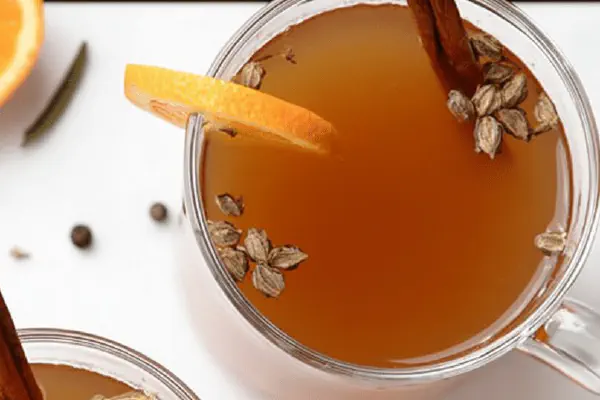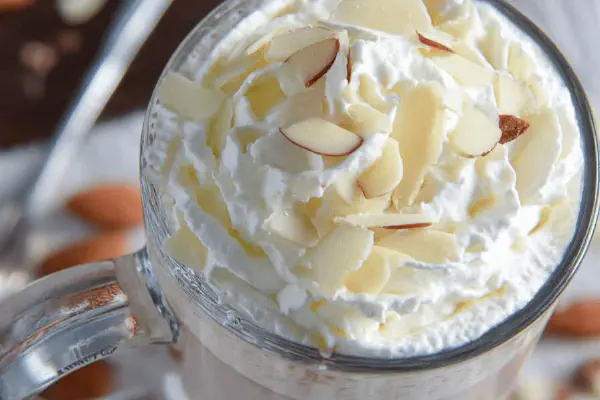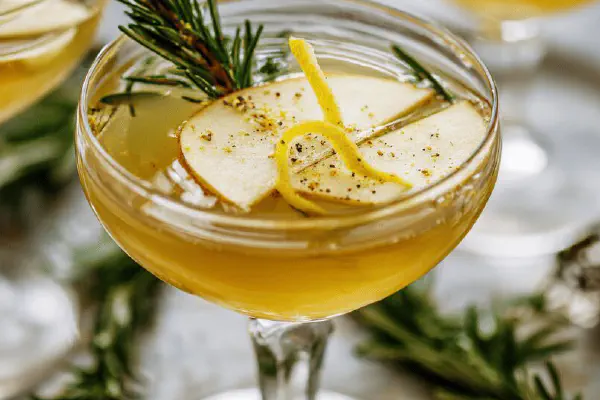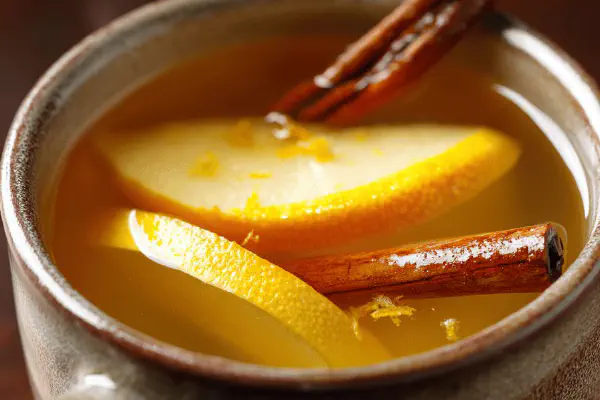Chunky Mulled Apple Cider

By Emma
Certified Culinary Professional
Ingredients
- 1 1/2 cinnamon sticks cracked
- 5 green cardamom pods lightly crushed
- 10 whole allspice berries gently cracked
- 6 whole cloves
- 2 teaspoons fennel seeds instead of star anise
- zest of 2 medium oranges peeled thin
- 1 teaspoon whole black peppercorns
- 8 gallons apple cider (or fresh-pressed juice if available)
About the ingredients
Method
- Gather cracked cinnamon sticks, cardamom pods, allspice berries, cloves, and fennel seeds. Place in a sturdy plastic bag and bruise with a rolling pin—aim for coarse bits, not powder; too fine turns cloudy juice later.
- Add the thin strips of orange peel and peppercorns. Toss and mix well so oils start to marry with dry spices.
- Measure about 2 1/2 tablespoons of this spice mix per half-gallon cider—scale up accordingly. Pour cider into a wide pot for faster heating, add spices in.
- Turn heat to medium-low. Listen for gentle bubble chatter—not boil, but enough simmer to enjoy the faint crackle as spices wake up. Visual cue: small wisps of steam rising, cider slightly shifting in color around the edges.
- After about 6 minutes (sometimes less if your cinnamon is freshly cracked), test aroma by lifting lid briefly. Should be deeply fragrant, with that faint licorice hint from fennel stronger than before.
- If you hate chunks and seeds poking, strain through fine mesh sieve or cheesecloth. Otherwise, leave as is; some appreciate texture contrast in a warm drink.
- Serve hot right from the pot. Room temp also works—flavors hold well. Reheat gently if sitting too long; avoid vigorous boil so no bitterness creeps in.
Cooking tips
Chef's notes
- 💡 Bruise spices in plastic bag, no pounding to powder. Coarse bits release oils fast, powders cloud cider. Cinnamon sticks cracked wide; surface area matters. Cardamom pods pierced, not crushed, keep seeds in. Fennel seed swap adds sharp licorice note, star anise totally replaced. Orange peel thin, pith-free. White rind bitterness ruins balance. Peppercorns bruised lightly. Dry spices before mix avoids clumps. Keep jar airtight if holding leftover blend.
- 💡 Heat cider low, no rush. Watch steam for cues - small curls mean simmer not boil. Boiling strips aromatics, brings bitterness. Scent changes: faint licorice stronger after 6 mins, cinnamon oils waking. Lid lift quick for aroma test; avoid steam loss. Use wide pan for even warm-up, bigger surface means faster oil extraction. Scale spice mix per batch — 2.5 tbsp per half gallon cider, adjust by smell not strict measure.
- 💡 If seeds or chunks bother, strain thorough mesh sieve or cheesecloth. Sieve helps avoid chew but loses texture contrast that some love in warm cider. Clove seeds choking risk for kids, keep in mind. Texture part of experience. Let cider rest off heat to deepen flavor. Cool cider tastes different, less upfront spice punch. Reheat gentle later; avoid vigorous boil. Heat fluctuations change aroma profile, watch carefully.
- 💡 Substitute fresh-pressed cider by store-bought if needed; add splash of fresh juice or pinch sugar if dull. Preserve spiced punch by using freshest cider possible. Cardamom and fennel combo unexpected but works to cut sweetness, adding complexity. Keep spices dry, avoid moisture introduction before cooking or spicing.
- 💡 Don’t rush heat or crush spices too fine. Coarse particles bloom better; too dusty clogs sieve and clouds drink. Spice crush space cramped means quick loss of aroma bursts. Adjust spice ratios by eye and nose. Cinnamon freshness affects timing. Freshly cracked cinnamon releases quicker aroma than old sticks. Peppercorns add slow heat, bruised for gradual release; don’t pulverize.
Common questions
Why use fennel seeds instead of star anise?
Fennel brings sharp licorice, less sweet than star anise. Cuts sweetness instead of stacking with it. Flavor punch shifts aroma balance. Not one-to-one, more experimental. Licorice hit subtle but present. Try both; preference varies.
How to know when cider is ready?
Watch steam and smell. Steam wisps mean simmer, not boil. Lid lift test - quick scent burst tells you oils releasing. Cinnamon fragrance deeper after about 6 mins unless very fresh sticks crack faster. Bubble chatter soft, no rolling boil. Color shifts at edges slightly darker give away too.
What if chunks annoy me?
Strain through fine sieve, cheesecloth if you want smooth. Some like texture for mouthfeel. Cloves seeds can be annoying or choking hazard with kids. Fine mesh removes particles but loses complexity in mouth. Decide on texture preference before serving.
How best to store leftovers?
Keep cider refrigerated in sealed container. Reheat gently, no fast boil or it turns bitter. Spices lose punch with hours off heat but chill deepens flavors differently. Spice mix stored airtight dry for later batches. Avoid moisture contamination.



